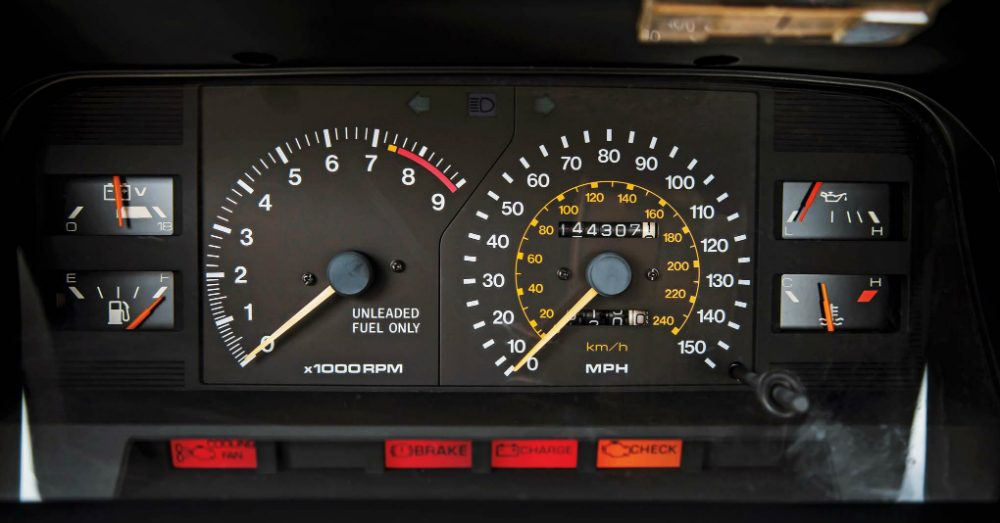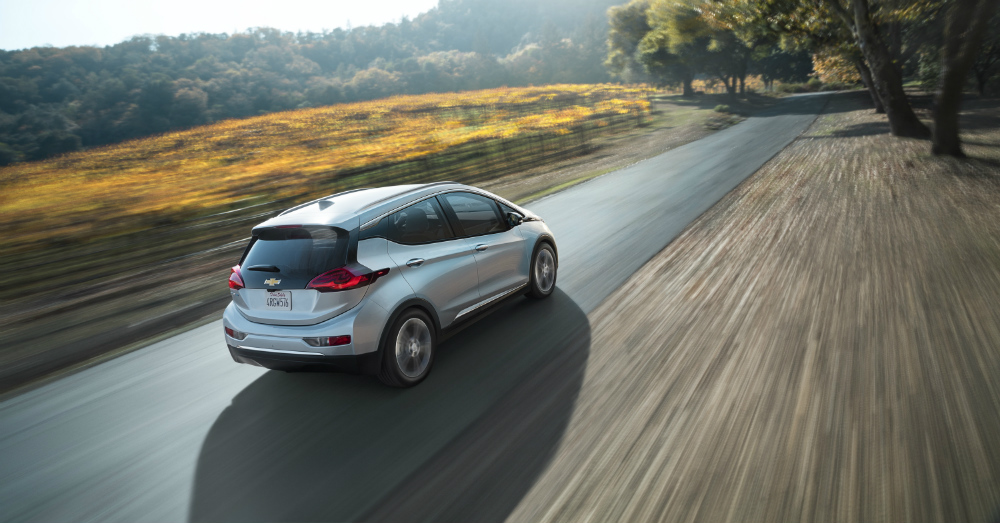The purists among us may scream out for analog gauges and eight track tape decks while those who are looking to be on the cutting edge of technology love the head up displays and digital gauges the best. The digital gauges do allow us to program them how we want and change the look and feel of them to fit our needs and even the driving mode we’re in, but an analog gauge cluster feels honest and informative while showing us what we’ve come to know and feel as a familiar offering. Let’s consider some differences and see which type of gauge you might prefer.
Digital
With the digital clusters you do have the ability to customize the look and feel of the gauges based upon your driving needs and the mode you’re in. Some of these digital system even allow the GPS display to be the background of the cluster while you’re presented with any piece of information you could ever want on the gauge cluster. This may become a little distracting at times, but at least you’ll know everything that’s happening in your vehicle and be able to take advantage of a navigation system which will keep you on course.
Analog
This is a what you see is what you get type of system where you’re presented with gauges you’re used to that read out the simple function you need such as the rpm, speed and fuel level. There is little to no pretense to these gauges and these gauges present you with a mechanical readout which is completely gone in the digital counterparts. Most of the older model vehicles with analog gauges didn’t require complicated computers to operate the gauges and still gave you accurate and informative information for your use while driving.
Combination
Not all automaker have gone to the fully digital systems and not all have their gauges set in the past with analog. Many make use of a combination of the two. You might have an analog rpm gauge but have a digital speedometer in some vehicles while others will give you fuel mileage and towing information in a digital format with analog fuel readings along with the speedometer and the tachometer. This combination allows you to enjoy the older style of the analog systems that feel more mechanical while also taking advantage of the advancements of a digital readout for other items.
As one that loves both systems I prefer the combination of a system that has both. the craftsmanship of a gauge from the past is something to behold and admire while the advanced information and customization of modern digital gauges are amazing. We will certainly lose something in the automotive industry when all gauges are digital in nature, taking away the beauty and precision elegance of an analog gauge that didn’t require a single line of computer code to operate. That’s a time I’m not looking forward to, but it’s also the way technology progresses and an expected part of moving the industry forward, but analog gauges will always have a place in my heart.
This post may contain affiliate links. Meaning a commission is given should you decide to make a purchase through these links, at no cost to you. All products shown are researched and tested to give an accurate review for you.




